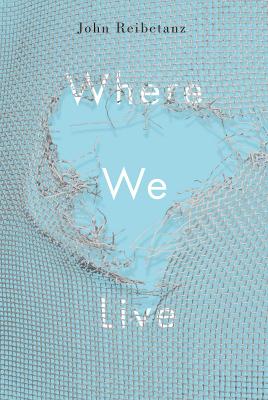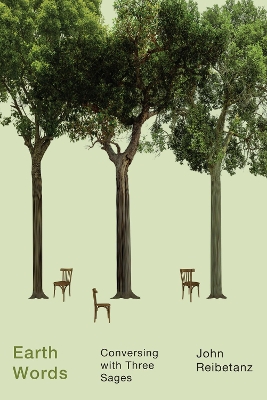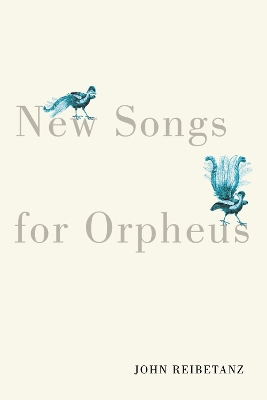Hugh MacLennan Poetry
4 total works
"Thresholds" deals with encounters between the self and the other - childhood experiences, family, familiar places - and seeks ways of transcending the disappointment within such sources. "Roommates" explores both the uniqueness and the reciprocity in human relationships with the natural world, and "Flyways" posits that there is no separation between the human/natural and the imaginative: however far-flung, they all interweave and constitute the territory where we live.
The leaves of paper / butterfly-wing thin / let light stream through / only one side of each.
If “poetry is what we do to break bread with the dead,” as Seamus Heaney put it, Earth Words breaks bread with three earlier writers through the glosa, a poetic form that unfolds as a dialogue. The collection inscribes a series of concentric circles, moving outwards from the eleventh-century world of Wang An-shih through the nineteenth century of Henry Thoreau and into the twentieth century with Emily Carr.
Though the environmental and political problems of the twenty-first century feel unique, the figures in this book are met with similar challenges. Wang’s writings embody an ideal relationship between self and nature, preserving a sense of rootedness in times resembling the upheavals of the Trump era. This relationship is confirmed in conversations with Thoreau, whose closeness to nature provides an antidote to our age’s dependence on digital forms of communication. He also grapples with slavery and the failure to respect the full humanity of Indigenous peoples, struggles that ripple out into the present. Carr’s writings and art enter into Indigenous cultures and witness the enduring value of their way of looking at nature. She realizes that the impulse to creatively express one’s being runs through the entire natural world.
Culminating in this realization, the concentric circles of Earth Words broaden out to include its twenty-first-century readers as well as its writers in a vision of creative growth.
For a change Orpheus / listens to the other / musicians once the hum / of his lyre no longer / hangs like moss from branches / in the forest air
In New Songs for OrpheusJohn Reibetanz updates Ovid’s poetry. Ovid’s words showed him to be a person of deep empathy for natural, animal, and human worlds, and so Reibetanz posits that the Roman writer would likely be eager to take account of all that we have learned about them in the past two thousand years.
Ovid would be familiar with recent discoveries about the complex inner lives and societies of non-human animals, and about the intricate interrelationships sustained in forests. The poems in New Songs for Orpheus look at and listen to the real creatures into which Ovid’s characters were transformed, acts viewed not as punishment or deprivation, but as a release into other intriguing forms of life. In the human realm, he might find a suitably cataclysmic counterpart to the Trojan War in the barbarities and sacrifices of World War II, or perhaps see an analogue to the Fall of Troy in the fall of the Two Towers in September 2001.
The songs Orpheus sings then transform into more contemporary shapes, as characters and incidents from the Canadian musical Come from Away – like those in Ovid’s “restored” world after the flood – are celebrated in a reaffirmation of community after the divisive horrors of 9/11. In all these times and places, metamorphosis brings new meaning into a life, be it human, plant, or animal.
When he first hiked the Don Valley trails / all he heard was river as he strode / beside its glitter of smashing glass
Grounded in the local and immediate – from Toronto’s rivers and ravines to its highways and skyscrapers – Metromorphoses explores some of the radical changes that have taken place in the city during the course of its history.
The collection’s poems focus, in roughly chronological order, on the city’s inhabitants and the changing relationships between people and place, from the original Indigenous presence, through the immigrants of the nineteenth century and the Depression and war survivors of the twentieth century, to the twenty-first century’s setbacks and affirmations. We encounter characters such as Symphony Pete, who whistled classical music while hiking Don Valley trails, Henry “Box” Brown, who escaped from southern slavery in a packing crate, or the exhausted anonymous newsboy a photographer caught fast asleep next to his stack of newspapers on a flight of stone steps. We zoom in like time-lapse photography on the changes that a single site has experienced, from wood-frame cottages to foundry to synagogue to furniture store to parking lot to the new provincial courthouse.
These poems bring the reader closer to the impulses that drove the art of the Mississaugas, the escape from slavery or famine of new settlers, or the social awareness of a Dr Charles Hastings or a Raymond Moriyama. Far from Eliot’s “unreal city,” Metromorphoses takes us into the heart of the real Toronto, alive and ever-changing.



